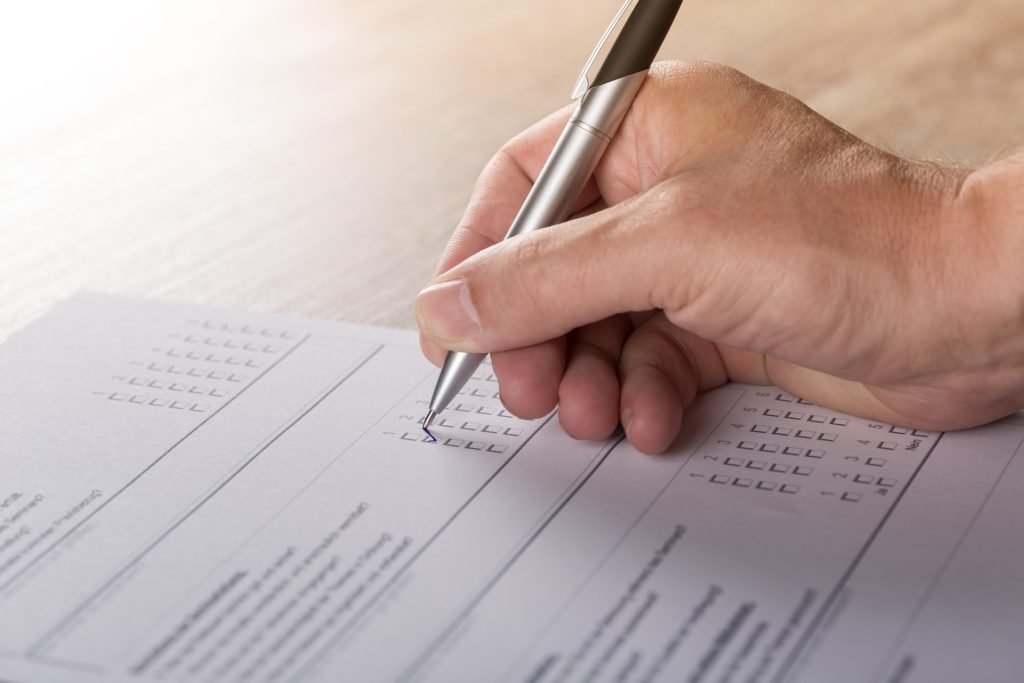
More on Hidden Talents; Hidden Liabilities: How to Better Predict Leadership Strengths and Downsides
Today, I want to continue discussing a topic from my last blog, Hidden Talents; Hidden Liabilities. In that blog, I wrote about the challenges that exist in recognizing and evaluating true senior leadership talent. Two of the top challenges noted were:
- Being clear about what really makes a great leader—and knowing how to truly identify him/her.
- Believing we are objective and able to know good talent when we meet it. Normal human tendency is to look at the world through our own (biased!) lens but believing that that lens is objective and can really SEE great leadership is not a good hiring practice.
This week, I want to talk about what you REALLY need in a leader.
What does your organization need in a leader?
In the last couple of years, several well-respected organizations (e.g. Hogan Assessments, McKinsey Consulting) have been doing research to identify what great leaders really look like, given today’s business challenges. They have identified what great leaders do (behaviors/competencies) and who they must be (personality characteristics). While there are differences in exact terminology and labels to describe these characteristics and competencies, I found a fair amount of thematic agreement. Here is my interpretation—rooted in my personality and experience— of research studies by organizations who know what they are talking about! Great leaders have:
- Equal parts confidence, competence AND humility: A leader must have enough knowledge and expertise to understand the business they are in. However, not so much that they think they are always the smartest person in the room. They must be confident in their knowledge but HUMBLE enough to know they don’t know it all. They must trust and truly collaborate with others as well as delegate true decision-making authority and judgment.
- Sound decision-making AND open-mindedness: They must be great critical thinkers, able to know the differences between assumptions, beliefs, and facts. They must be able to use the right combination of intuition and data to select the right problems to be solved and then lead others to execute on them. They must be curious and open to the ideas, thoughts, and perspectives of others. In other words, they should never believe everything they think.
- Results driven approach: They must have the drive, ambition, and task-orientation to “get the right things done”. They must know when and how to apply the right amount of challenge and support to assure results are attained, not just planned for.
- Trustworthy/sensitivity to others: They must have a deep and nuanced understanding of themselves and how they are seen by others. They must possess empathy about others’ feelings/thoughts and be able to self-manage when they (and others around them) start showing those feelings. Their insides must match their outsides, in that their must be a congruence between what they feel and think on the inside and what they act like toward others.
- Ability to Describe a vision of the future and inspire others to WANT to go there: As leaders, we can often identify what is wrong, but we are less able to specifically, clearly, and in multiple ways, communicate what is the “right” we should be seeking. And, we must have enough presence and communication ability (or hire those that do) to describe it in an alluring way so that our diverse workforces can see something in it for THEM as well as the organization.
ALL these characteristics and competencies are rooted in personality. That means, the basic foundations and tendencies toward or away from these are in place long before individuals even become leaders. And, guess what… PERSONALITIES don’t really change by the time we are senior leaders. To think someone who hasn’t already demonstrated these qualities will now somehow be able to rise to the occasion as they take on another level of leadership, is frankly, naïve.
The tricky thing about the above list is that I don’t know an executive leader today who wouldn’t ascribe to having MOST if not ALL of the characteristics and competencies listed above. If you asked them, they would likely say (and even believe) they HAVE/ARE those things, in the right combinations. Unfortunately, given how often leaders fail, they may not be correct in their thinking. They may certainly have some of these strengths, but not others. I would argue that missing any of these can compromise leadership ability.
Do people ACT outside of their natural personality? Of course, they do. But, there remains stable patterns of thinking, behaving and feeling that can predict great leadership vs. average leadership and even crappy leadership.
The danger is that many of us do not have the training or experience to really be able to evaluate personality accurately and reliably. The good news is that there are those that do, including psychologists, and other highly trained/experienced individuals (like some coaches) who have backgrounds and education in the science of human behavior and how humans change. There are also reliable, valid, legal and ethical tools which can provide objective data about whether the leader under consideration has a natural tendency toward or away from these competencies and characteristics. Putting the right tools in the right hands is what you need.
In my next blog, I’m going to talk in more detail about these tools, if you can wait that long. Or, just email me now!



